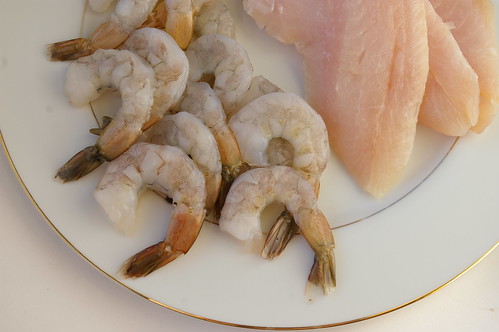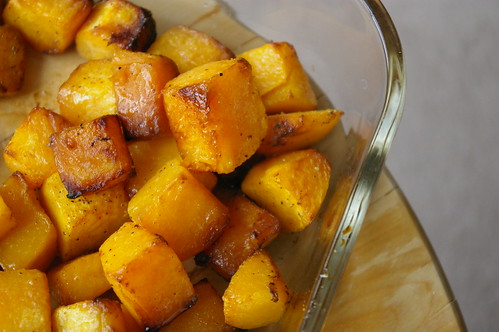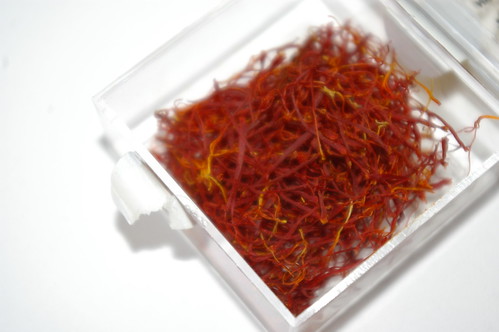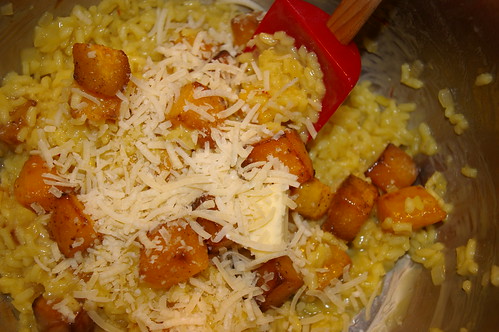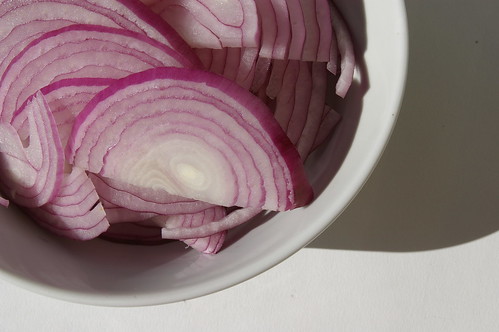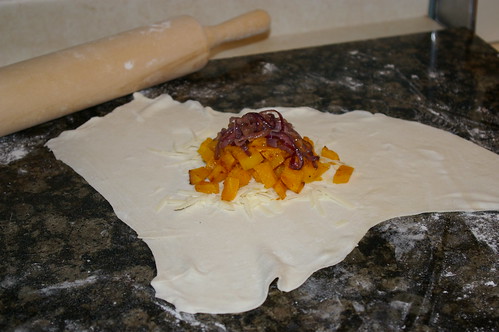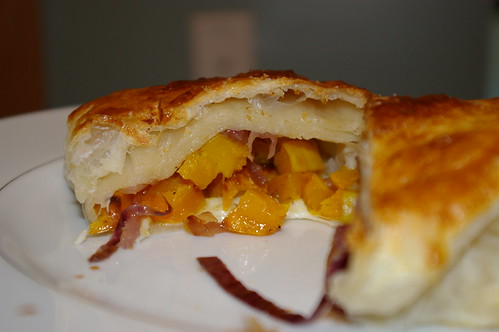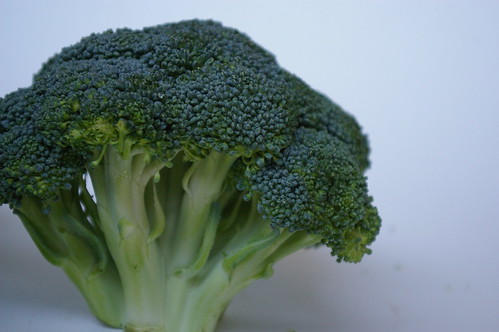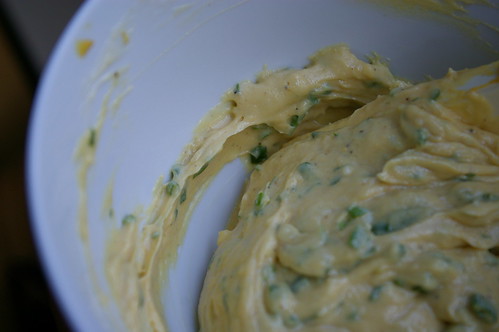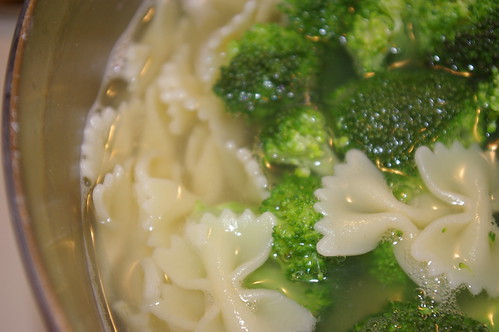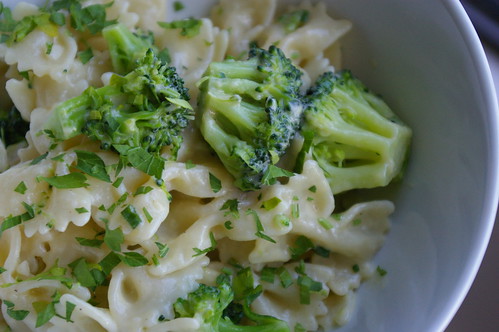Holy overdue blog update, Batman. Where have the last four weeks gone?
Oh yeah, into the fog that was subzero December, followed by a crazy flight home for the holidays and then nesting at the parents’ house as the snow never stopped falling and then back at work for a brutal one-week crime wave.
Phew.
I barely even know what I’ve been eating lately, but just before the haze set in, I made this lovely Thai Seafood Chowder. I’ve made this a few times now and have kept adjusting the recipe so that I’m really happy with it. This time, however, I had no luck finding ingredients. Lemongrass? Nowhere to be found. A fresh red chili? Vanished from the produce aisles. But I was so determined to make this, I picked up one of those squeeze tubes of lemongrass paste as a last resort and figured it wouldn’t hurt to use a few of the chili flakes from my seemingly never-ending supply. (As a person with a low heat tolerance, it is a bit baffling that I have one of those Costco-sized spice containers of dried chili flakes. I mean, really, I think I add those to my pasta bolognese and the occasional Thai or Vietnamese recipe. What was I thinking?) (Also, I’m sure my family wonders if I was switched at birth as the rest of the clan love spicy food. Strange. That said, I look a lot like my mum, so that’s very unlikely.)
I’m now devoted to the idea of the lemongrass squeeze tube. I love the flavour of lemongrass, but just find it much too woody for my liking (even if I only use the inner stalk and cut it quite fine). I usually just ended up picking it out while eating, which was rather indelicate and a bit annoying. But this paste is so, well, paste-like. It just blended in with the rest of the ingredients, offering up all the lovely flavour and none of the inconvenience.
So, I throw some rice into my lovely rice cooker just before I start making this because it really is best served over a scoop of rice (any kind will do). (What is my obsession with brackets in this post?) I love my rice cooker; I have no idea how to make rice on the stove. Pity, really, as I’m sure it’s a useful skill. But I really got addicted to them when I lived in Japan. The teachers’ housing I stayed in had one and it just became part of my routine most nights to throw some rice in and let the cooker get to it while I made whatever else to go with it. Mine is a Zojirushi (which I like to say), mostly because I wanted a *Japanese* rice cooker. I think I was still having some separation anxiety from that country when I got back. It took me at least a week to stop bowing to people.
This works really well as a weekday dinner because it takes almost no time at all.
(I should add here that, by definition, this isn’t exactly a chowder as it doesn’t contain traditional ingredients, such as bacon or flour. However, it’s too thin to be called a stew, as far as I’m concerned. And it just doesn’t feel like a soup to me.)
Thai Seafood Chowder
- 1 tablespoon vegetable oil
- 2 shallots, thinly sliced
- 2 cloves garlic, minced
- 1 lemongrass stalk, finely chopped (or 1 tablespoon lemongrass paste — this stuff rocks, by the way)
- 2 cups chicken stock
- 1 can (398mL) coconut milk
- 1/4 teaspoon chili flakes (or a minced fresh chili if you can find one)
- 2 tablespoons rice vinegar
- 1 tablespoon fish sauce
- 1 tablespoon brown sugar
- zest and juice of one lime
- 3/4 pound snapper or other firm fish, cut into 1″ chunks
- 1/2 pound prawns
- 2 tablespoons basil, chiffonade
Heat oil in a pot over medium heat. Add shallots and saute until slightly transluscent, add garlic and chili flakes (or fresh, diced chili) and saute for another minute. Add stock, coconut milk, lemongrass, vinegar, fish sauce, sugar and lime zest and juice. Simmer for 10 minutes.
Add seafood and cook two to three minutes until prawns have turned pink and fish is cooked through. (This really takes almost no time at all, so I caution you against overcooking.) Add basil and serve.

